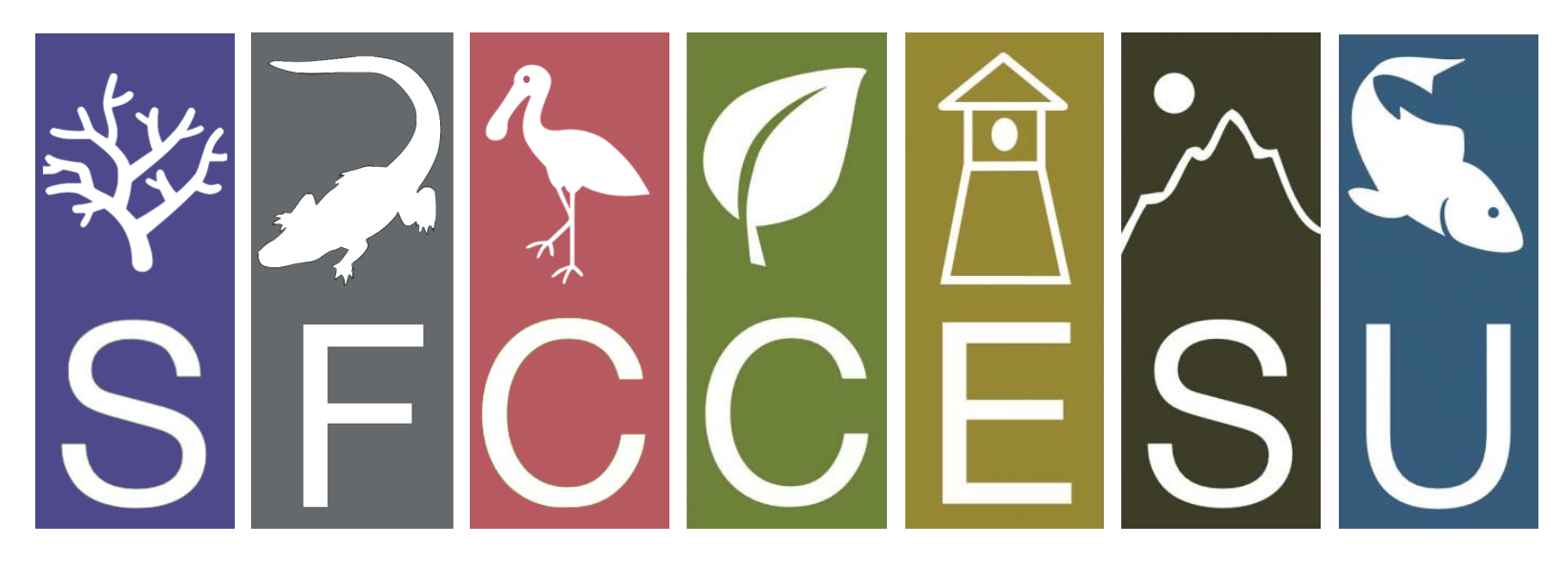General Information
*Application Date: 15 December 2019
Funding Agency: National Park Service
Application Date: 15 December 2019, 11:59 pm, EST
Project Start Date: 01 March 2020
Project Duration: 24 months
Total Funding: ~$240,000
Number of Projects Supported: 1 or more
Electronic Statement of Interest to:
Carol B. Daniels, NPS Senior Science Advisor
South Florida Caribbean-CESU
Office: (402) 661.1846
carol_daniels@nps.gov
Direct all Questions to:
Hillary Cooley, Botanist
Everglades and Dry Tortugas National Parks
40001 State Road 9336
Homestead, FL 33034
Office: (305) 242-7875
Hillary_Cooley@nps.gov
Opportunity Description
Background: The mangrove forests and coastal prairies in EVER are some of the dominant vegetation communities of EVER. The resilience of these communities to storms and storm damage is also critical to maintaining the condition of freshwater wetlands landward of these communities, which contribute significantly to the unique biota of Everglades National Park. Over the past 25 years, invasive plants have invaded mangroves and coastal prairies of EVER. We currently estimate over 40,000 acres are infested with Brazilian pepper (Schinus terebinthifolia), over 9,000 acres infested with Old World climbing fern (Lygodium microphyllum), and over 2,000 acres of latherleaf (Colubrina asiatica).
In September of 2017, Hurricane Irma passed south of Flamingo in southern EVER, producing high wind and major storm surge flooding of coastal habitats. Storm surge and wind affected Cape Sable, Florida Bay, and the west coast of EVER including mangrove and coastal marsh habitats.
The impacts to these vegetation communities included inundation by salt water, defoliation and structural damage, and subsequent prolonged inundation by fresh water. We propose to assess the region using existing data, such as the 2013 Digital Aerial Sketch Mapping data, aerial imagery, vegetation maps and comparing with post storm field data collection to focus on key areas, such as Cape Sable, Florida Bay islands, Highland Beach, north shore of Florida Bay, areas around the Broad and/or Harney Rivers, and measure invasive vegetation response over time. Initial evaluation indicated that some invasive plants were killed by storm surge, but resprouting has occurred. In other areas, native forest canopy was decimated and invasive species have increased. Determining the outcomes will be essential to assessing the potential for hurricane-related changes in coastal communities and the neighboring freshwater wetlands, and will inform prioritization of invasive plant management in this area to help protect rare coastal plant communities and community resilience.
Objectives: Assess the impacts of Hurricane Irma on coastal invasive-plant species of EVER. The project will inform and improve invasive plant management following similar events, make recommendations that will assist EVER in understanding and responding to similar future events. Impacts to the coastal plant communities include defoliation, structural damage, inundation by salt water, and subsequent prolonged inundation by fresh water. We propose to assess how invasive-plants responded to these impacts using new and existing field data and, if possible, a greenhouse/laboratory study. Existing data includes, but is not limited to the 2013 Digital Aerial Sketch Mapping data, aerial imagery, and vegetation maps. Gathering the post storm effects, on invasive plants, is essential for understanding hurricane-related changes in coastal communities and neighboring freshwater wetlands, and it will inform prioritization of invasive-plant management while helping protect rare coastal-plant communities and maintaining community resilience.
Application Process
Please prepare a brief (3-4 page) summary of how you would envision conducting such a collaborative project. Statement of Interest should include the research topic or topics to be addressed by the proposed project as well as an estimated budget. Research topics are not restricted to those included under possible research questions in this announcement. Include your name, CESU affiliation (university or non-profit organization eligibility affiliated with the Gulf Coast, Piedmont South Atlantic or the South Florida Caribbean CESU) and contact information as well as any relevant experience, past projects, and staff, faculty and students that would be available to work on the project.
See attachment for further details.
